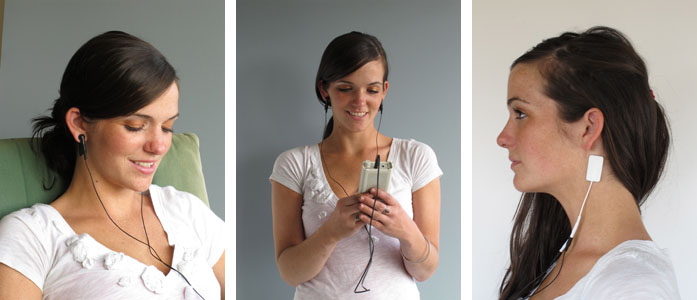In the 1930s clinicians began to use very high electric currents in order to produce convulsions in patients. This was known as electroconvulsive shock therapy, or ECT, and is still sometimes used in America to treat difficult cases of depression. One of its drawbacks is that patients have to be guarded against breaking bones or doing other physiological damage during the convulsions. Often they are strapped down or given medications to help prevent damaging convulsions. Also, patients complain of memory difficulties that can bother them for up to 6 weeks following the shock treatments. When we first began publishing studies on CES in America back in the 1970s, peer reviewers often read our papers as ECT papers, since they did not know about CES and therefore couldn’t tell the difference. Many early CES papers were turned down by peer reviewers as a result, since the studies didn’t make sense as electroconvulsive shock research.
Another electrical treatment that began in America in the 1970s is transcutaneous electrical nerve stimulation, or TENS. In this treatment, patients typically place electrodes on or near the pain site on their body and stimulate with varying small pulses of electricity, with a wide range of pulse rates available, often going from less than one pulse per second to several thousand pulses per second.
In contrast, CES (Cranial Electrotherapy Stimulation) employs gentle electrical stimulation to the head to help normalize brain functioning. CES is safe, effective and affordable. CES units are easy to use.

